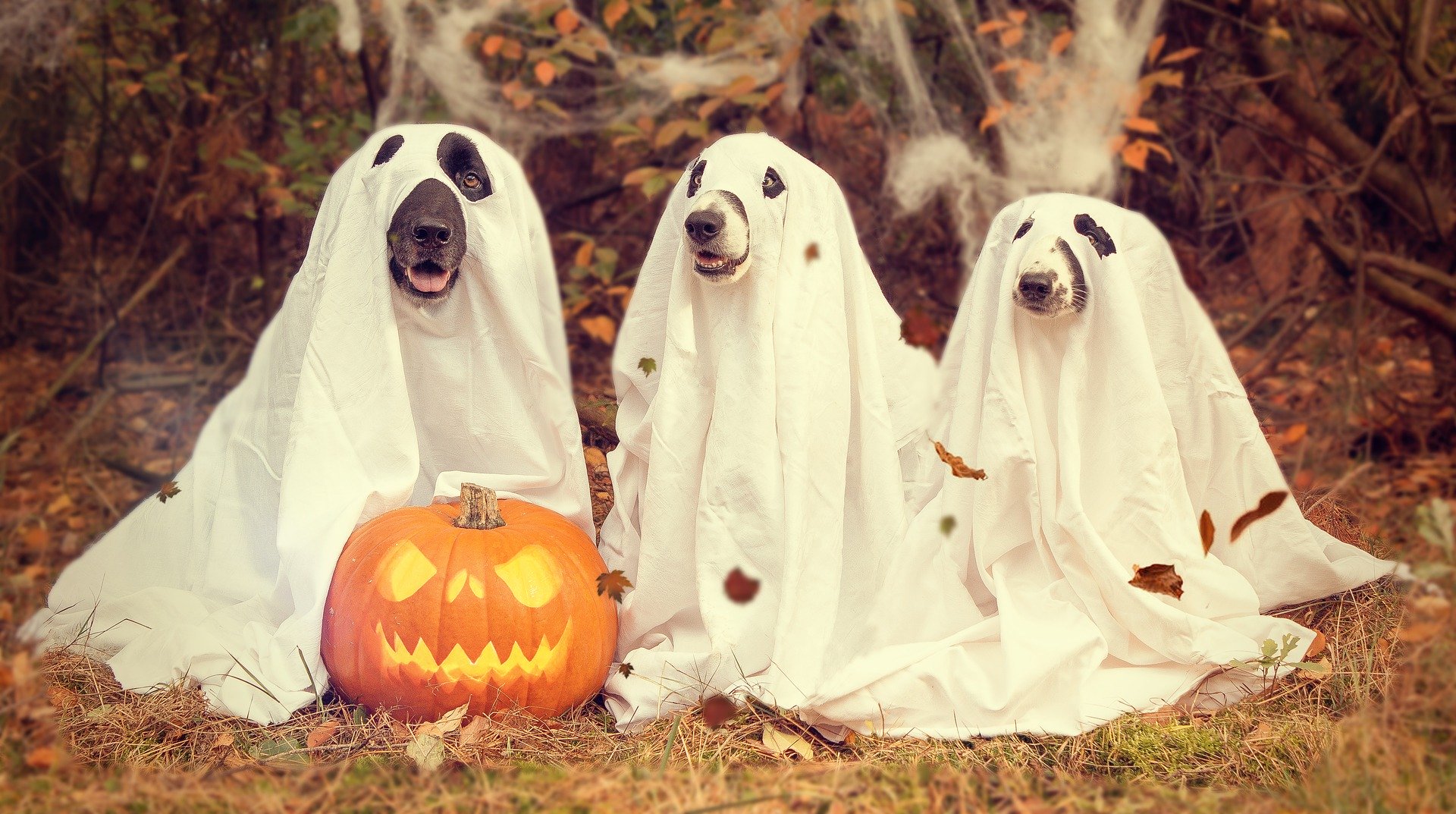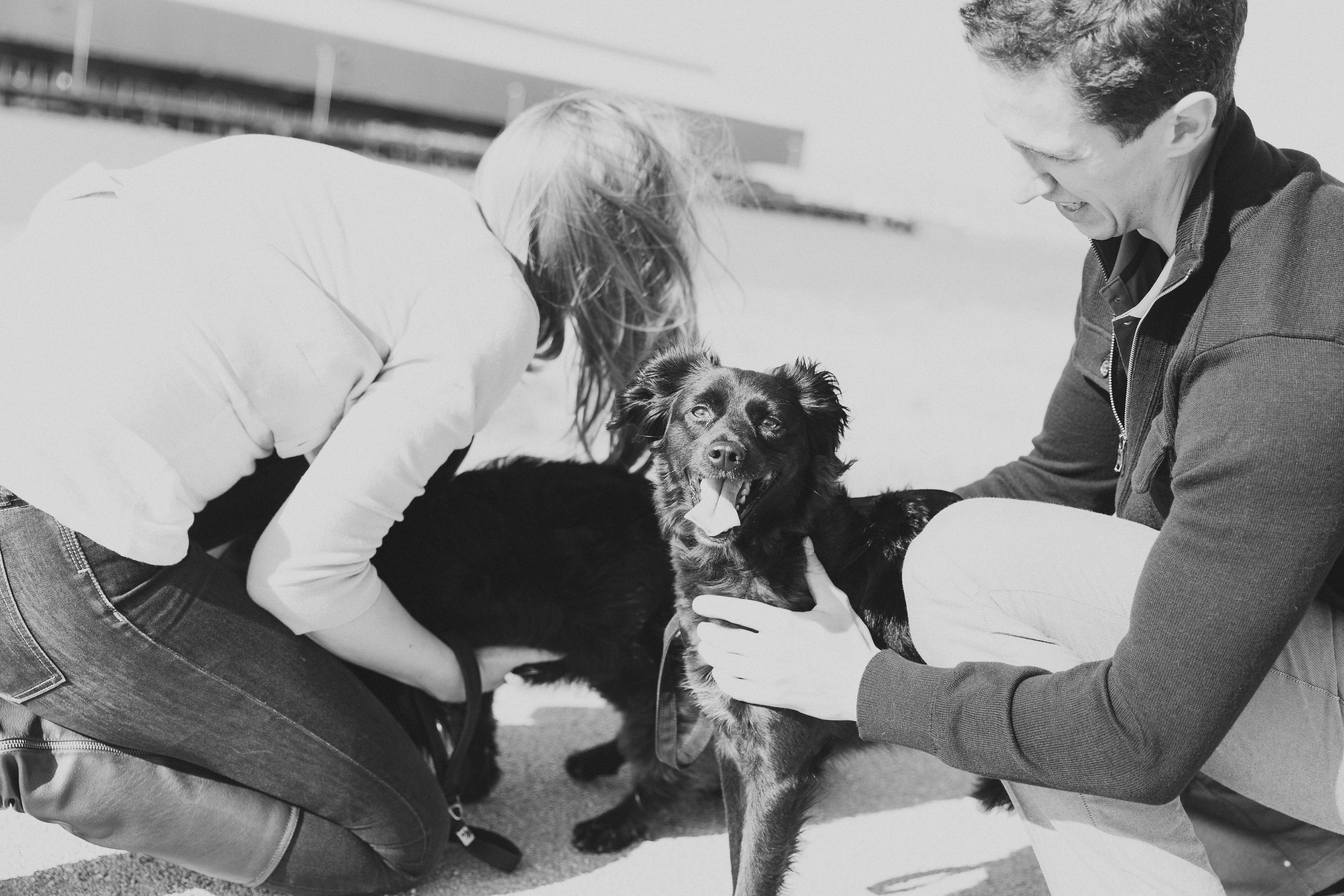Like the rest of 2020, this fall’s Halloween will likely receive an asterisk and the footnote, “not typical.” However, sales of Halloween candy were actually up this year, despite Covid-19 concerns. Many households worked to devise clever ways to distribute candy to trick-or-treaters and make the holiday as fun as possible, while being safe. So this year, what might actually seem normal in your house is all the collected and leftover Halloween candy… and with it, the risk it could pose to your dog!
While it might be tempting to give in to those big brown eyes, staring at you while you snack on some of your kids’ haul, candy can be especially dangerous to the health and well being of your four-legged friend.
CHOCOLATE
Most dog owners have heard that chocolate is bad for dogs. But do you know why? Chocolate contains caffeine and theobromine, a chemical compound that exists in the raw cacao bean that most chocolate and dark chocolate candy is made from. This ingredient is very difficult for dogs to metabolize. While people can handle a lot of theobromine, dogs can not, and even a small piece of dark chocolate can send a dog into cardiac arrest, can cause tremors, induce a coma, or even lead to death.
How you know and what to do: Signs of theobromine poisoning in dogs includes vomiting, hyperactivity, diarrhea and heavy panting. These symptoms might not show up immediately though, so be sure to contact your veterinarian as soon as you become aware that your dog has eaten chocolate, regardless of whether he or she is acting sick. Try to note the type and amount ingested to give your dog’s doctor a clear picture of the situation.
“Candy can be especially dangerous to the health and well being of your four-legged friend.“
XYLITOL
Xylitol is a naturally occurring alcohol found in most plant material, including many fruits and vegetables. It is often processed and used in candy — specifically bubble gum — as a sweetener. Because the bacteria on teeth can’t digest xylitol, it keeps ooey gooey confections from sticking in our mouths. But this same quality can cause a dangerous drop in blood sugar and even full liver failure in dogs.
How you know and what to do: Xylitol ingestion can result in vomiting, lethargy, coordination problems and seizures. As soon as you discover that your dog has ingested candy or gum with xylitol in it, bring him or her to your vet or an emergency vet clinic immediately. Blood tests can determine if your dog has decreased blood glucose levels and/or elevated liver enzymes.
Even if your dog is curious about all the new sweets in the house, the best choice to keep your dog happy and healthy is to stick to safe dog treats and avoid giving him access to any Halloween goodys!
For more information about human foods your dog can and can’t eat, check out this detailed article by our friends over at thedogadventure.com. They have compiled a great list of human foods that often interest our pups. And always keep the number for animal poison control handy: 888-426-4435.

Image by nancy sticke from Pixabay
If you enjoyed this post, you should read How To Prepare Your Dog For His First Agility Trial here.
Do you feed your dog human food?
